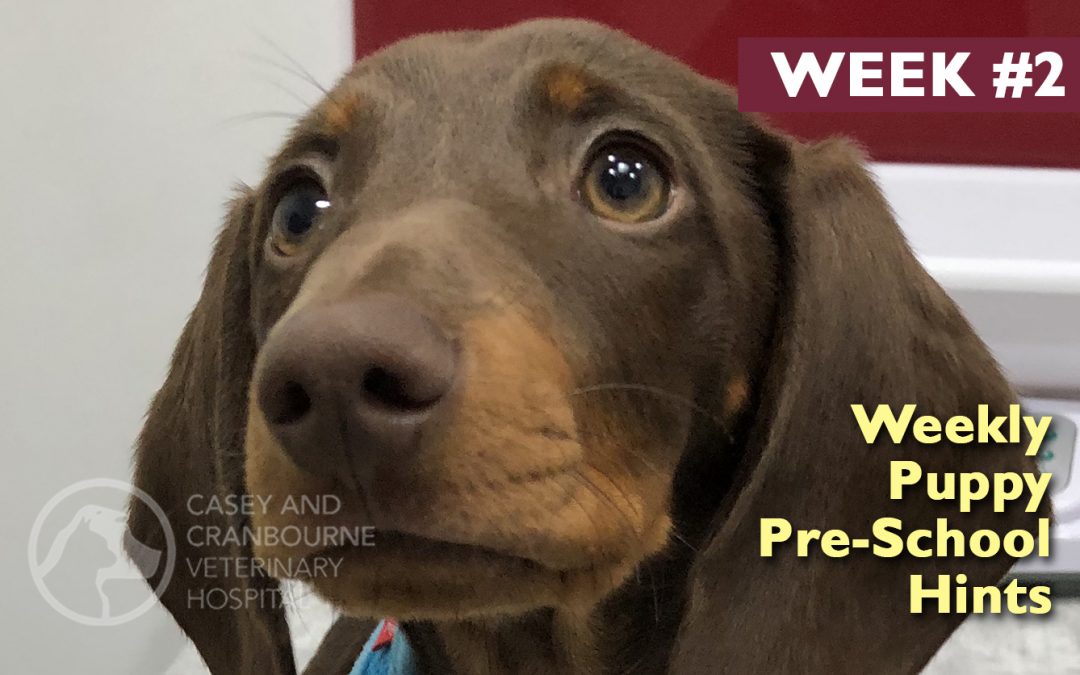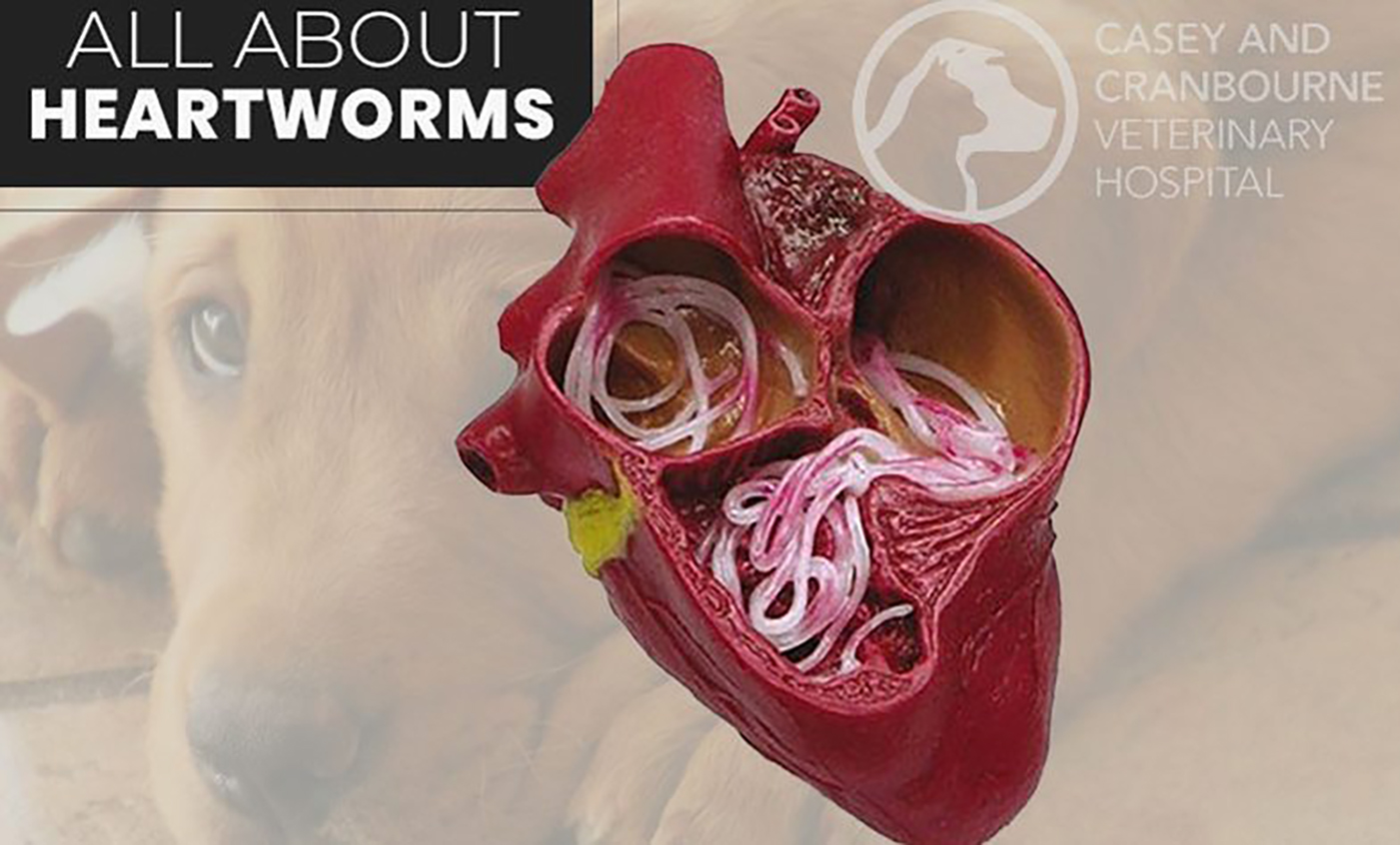Sit on Cue
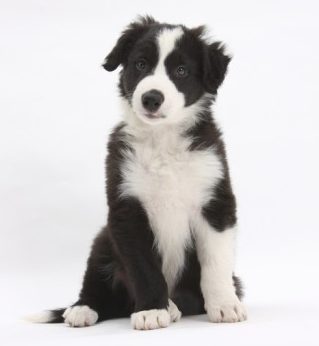 Teaching a puppy to sit on cue will help facilitate many other training exercises such as dropping and settling down. It is a basic exercise that is easy to teach and will help the puppy focus and comply with other commands. To teach your puppy to sit on cue, hold a treat in front of your puppy’s nose to get their attention, then raise the treat slowly above your puppy’s head which will make them follow the treat with their nose. At the same time, in a calm, quiet friendly voice give the command to sit and when they sit, praise them verbally with a ‘good boy/girl’ and give them the treat. Repeat this process several times, rewarding your puppy every time they sit with verbal praise and a treat. Don’t push your puppy’s bottom down into the sit position as they wont learn to do so themselves if you are doing it for them. Always make sure any training sessions are kept short (no more than 2 minutes at a time) and are fun and positive. Never raise your voice or get frustrated with your puppy if they don’t do what you ask of them the first time, it takes patience and practice and lots of positive reinforcement and should always be fun and enjoyable for your puppy. Make sure when you are trying to teach your puppy new commands that there are minimal other distractions so your puppy is focused on you and the treat.
Teaching a puppy to sit on cue will help facilitate many other training exercises such as dropping and settling down. It is a basic exercise that is easy to teach and will help the puppy focus and comply with other commands. To teach your puppy to sit on cue, hold a treat in front of your puppy’s nose to get their attention, then raise the treat slowly above your puppy’s head which will make them follow the treat with their nose. At the same time, in a calm, quiet friendly voice give the command to sit and when they sit, praise them verbally with a ‘good boy/girl’ and give them the treat. Repeat this process several times, rewarding your puppy every time they sit with verbal praise and a treat. Don’t push your puppy’s bottom down into the sit position as they wont learn to do so themselves if you are doing it for them. Always make sure any training sessions are kept short (no more than 2 minutes at a time) and are fun and positive. Never raise your voice or get frustrated with your puppy if they don’t do what you ask of them the first time, it takes patience and practice and lots of positive reinforcement and should always be fun and enjoyable for your puppy. Make sure when you are trying to teach your puppy new commands that there are minimal other distractions so your puppy is focused on you and the treat.
Importance of puppy having their own timeout space
Puppies need a place to go that they can have a time out when you need them too, or if they are tired or feeling overwhelmed.
The mat or crate needs to be a safe place for the puppy. If your puppy takes themselves to their mat or crate, it is an indication that they are tired or need time out. It is important that children leave your puppy alone at this time.
Details on how to crate train a puppy are found at the end of this article.
Exercise, stimulation and confidence building for puppies
The breed of your puppy will ultimately determine their exercise requirements and energy levels as adult dogs.
However for puppies, the rules of exercise are the same regardless of their breed and size.
Puppies do a lot of growing in a very short amount of time and this puts a lot of stress and strain on their joints. For this reason, it is recommended not to expose them to a lot of high impact exercise such as running or ball chasing (where they stop suddenly and twist and turn a lot).
A better activity for puppies is to be taken for walks and experience life (once they are fully vaccinated for parvovirus).
Life experience is extremely important for your puppy and exposing them from an early age in a safe environment, to a lot of new people, noises, smells and other dogs provides stimulation and will help develop your puppy’s social skills.
Given the current situation of lockdown, you will be restricted to taking your puppy for short walks so interactions with other dogs and people will be limited. Whilst they are growing, short walks are actually better for your puppy and can be done up to twice a day. A good rule of thumb being five minutes of exercise/walking per month of age (up to twice a day) until your puppy is fully grown. This means 15 mins of exercise (up to twice a day) when they are 3 months old, 20 mins when they are 4 months old etc.
As a side note, small and medium breed dogs are classed as fully grown at 12 months of age whereas large breed dogs (those who are > 25kg at adult weight) are classed as fully grown at 18 months of age. This also has a bearing on what age they are transitioned onto adult dog food.
How to toilet train your puppy:
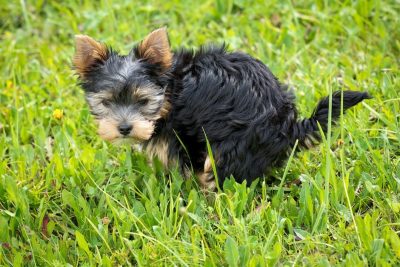
- Give your puppy every opportunity to go to the toilet outside (or where you want them to go).
- Go outside with your puppy and give a treat and quiet praise as soon as they finish.
- Your puppy will generally need to eliminate after play, eating and resting.
How to deal with accidents:
- If you catch your puppy eliminating somewhere you feel is inappropriate, remain calm. Sometimes simply scooping up your puppy and taking them outside to the appropriate area can be helpful. However, be careful not to frighten your puppy. It might be best to let them finish and be more vigilant next time. If your puppy continues their toileting outside, give them praise as soon as they finish.
- Use a word of association to let the puppy know you want them to toilet. It can be any word you choose such as go toilet, peepee, or hurry up.
- Never punish accidents or make an issue of them, either at the time or if discovered afterwards.
- If your puppy seems to be having more accidents than usual, give them more opportunities to go outside. Only increase the time between opportunities when you are completely confident that your puppy can last a little longer.
How long will it take to house train my puppy?

- A puppy can be considered house trained when they have gone for six weeks without urinating or defecating in an undesired area.
- All dogs are individuals and will develop at different rates. Some puppies will gain effective bladder control very early and for others it may take much longer.
- Once house trained, your puppy should be able to last through the night, but may still have the occasional accident.
- If at 6-7 months of age your puppy still has poor bladder control, seek advice from Casey and Cranbourne Veterinary Hospital as there may be a physical problem.
Crate Training
- Prevents damage if the puppy is destructive when investigating their environment.
- Helps with house training.
- Provides safety for owners and puppies whilst travelling.
- Provides a safe area for the puppy if the owner is unable to hold or supervise their puppy.
- Enables the puppy to be a part of a family or group when they may otherwise be put outside and/or excluded.
- Helps with future clinic stays and boarding.
TIPS:
- Place soft bedding in the crate
- Throw toys into the crate and have the puppy run in and out to fetch them
- Provide adequate water in the crate in a spill-proof bowl
- Leave a toy in the crate
- Let the puppy out of the crate when they are quiet
- Let the puppy sleep in the crate at night
- Never send the puppy to the crate as punishment
- Do not place the puppy in the crate all day
- It is important to take the puppy out of the crate before they become anxious and when they needs to eliminate
- • Do not shut the door of the crate until the puppy is comfortable lying in the crate with the door open.
Crate location
The crate should be placed in a room where the family spends most of their time, e.g. the living room or kitchen.
Training steps: Crate Training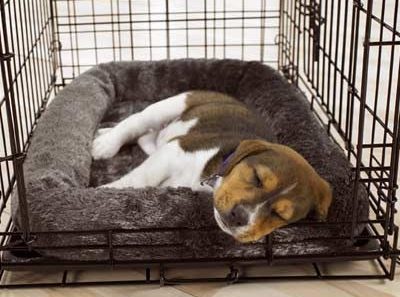
- Start by setting up the crate in one location and leave the door open. For the first few days leave the puppy to explore and sniff the crate and just let your puppy get used to the crate being there.
- After a few days place treats inside the door of the crate and let your puppy take these as they please.
- Praise them when they visit the crate.
- Still leaving the door open at all times, start to feed tasty treats and provide positive praise to the puppy inside the crate. Let the puppy come and go whenever they like.
- Once the puppy is happy being in the crate, encourage them to stay for longer periods of time by placing a toy that is mentally stimulating in the crate with them.
- Once the puppy is happy to stay in the crate for a short time, shut the door for a short period while they are interacting with the toy, but before they are finished, re-open the door.
- Leave the door shut for a slightly longer period each time the puppy goes inside.
- When the puppy is comfortable being inside the crate to eat or sleep the door can be shut for longer periods of time.
Here are some tips for owners wanting to leave their puppy unsupervised in a crate:
- Exercise the puppy before leaving them alone in the crate
- Place soft bedding in the crate
- Provide adequate water in the crate in a spill-proof bowl
- Leave a chew toy in the crate
- Be mindful of weather and temperature changes while absent
- Before and after confinement take the puppy outside to the toilet.
It is important to remember that a puppy or dog should not be left unsupervised in the crate until they are completely comfortable and at ease inside the crate with the door shut. The length of time they are left alone unsupervised in the crate should be increased gradually.

